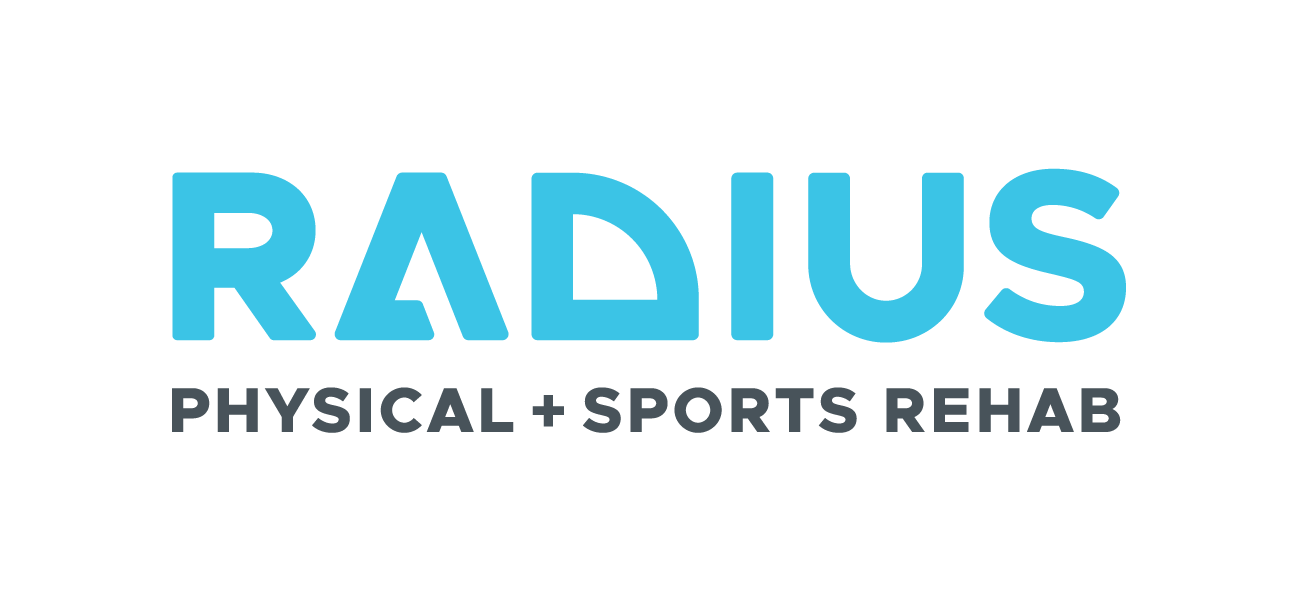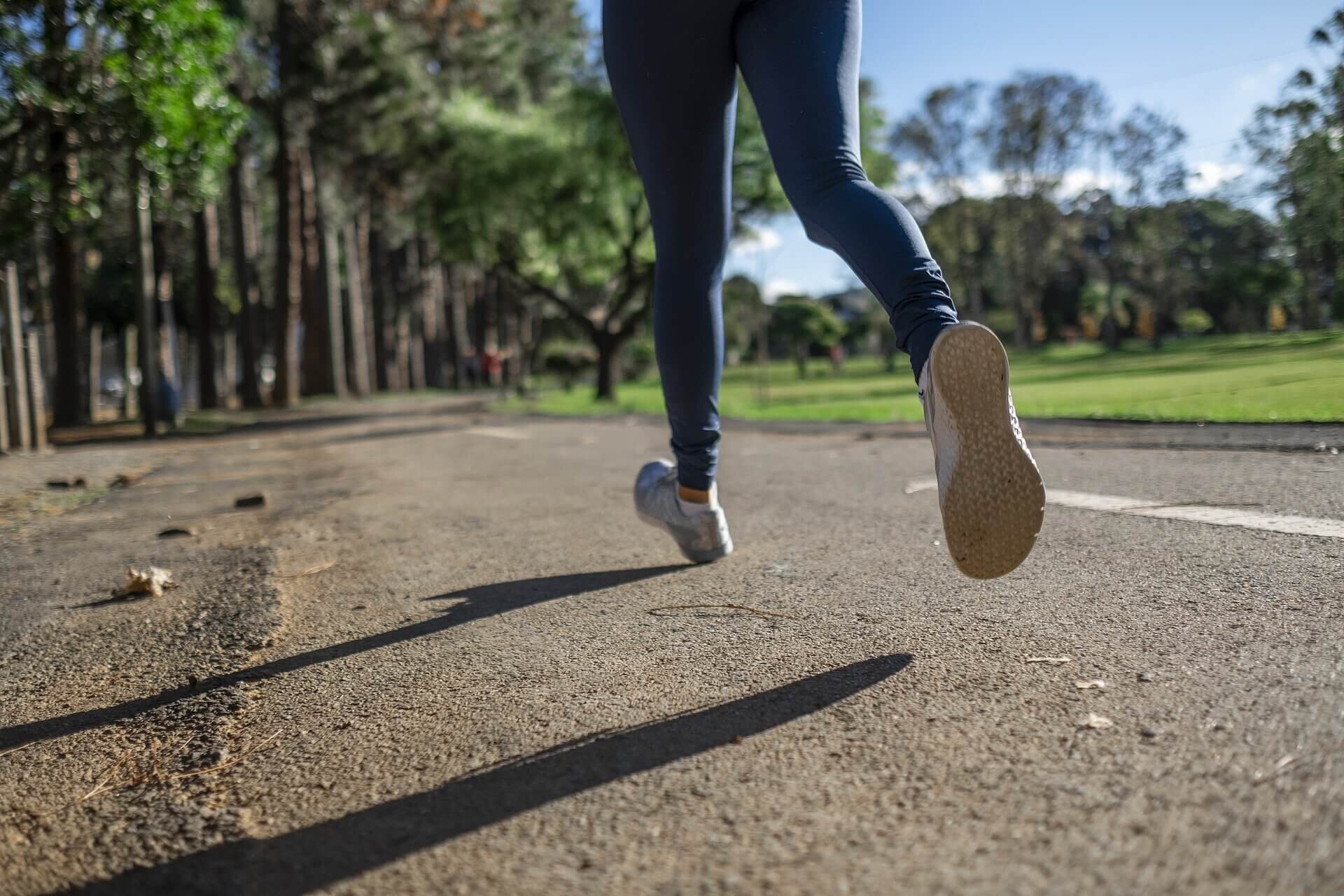Spinal Stenosis
What is Spinal Stenosis?
Spinal Stenosis is a condition characterized by a narrowing of the spinal canal, the channel in which the spinal cord rests. Usually, the spinal cord has adequate room for movement within the canal, and there is no pressure placed on the spinal cord or branching nerves. However, certain conditions can cause this channel to narrow and encroach on the spinal cord or nerves. It is called ‘stenosis when this occurs.’
Depending on the degree of stenosis, symptom severity can vary. While permanent damage to the spinal cord is possible, this is a manageable condition, and symptoms can improve with the proper treatment and intervention.
Symptoms
As the spinal canal narrows and the spinal cord has less room to move, nerves within or connecting to the spinal cord can become impaired, resulting in various symptoms. Stenosis usually occurs in the cervical vertebrae (neck) or the lumbar vertebrae (lower back). Stenosis can present differently based on location.
Cervical Spinal Stenosis
A narrowing of the cervical spine can cause numbness, tingling, or weakness in a hand, arm, foot, or leg. It can also cause difficulty when walking or trying to keep balance. Many experience neck pain. In some severe cases, patients experience urinary or fecal incontinence.
Causes
Many conditions can cause spinal stenosis. Here are a few:
Osteoarthritis
Arthritis of the bone, and specifically the spine, can result in two significant complications. First, the cartilage between two vertebrae begins to break down. This results in less space between them, which can cause the nerves that pass between them to become pinched or squeezed. Second, to compensate for the damage to the joint, the body forms bone spurs on the vertebrae, which can put pressure on the spinal column or the nerves that connect to it.
Paget’s Disease
Paget’s Disease is a degenerative condition in which the body’s process for replacing bone tissue is flawed, resulting in new bone growth that is brittle, weak, or abnormally shaped. If the vertebrae are affected, they can become misshapen, possibly narrowing the spinal canal and causing stenosis.
Thickened Ligaments
Various conditions or circumstances can cause the connective tissue between the vertebrae to become inflamed. Over time, this inflammation can cause this tissue to thicken, leading to decreased space in the spinal canal.
Tumors
Tumors can form in the spinal cord or the soft tissue surrounding it. If undetected, this unabated growth can put pressure on the spinal cord.
Trauma
A significant injury (e.g., an automobile accident) that damages the spinal canal, or causes debris to become lodged inside it, can impede the channel and cause stenosis. Likewise, an injury or surgery can result in inflammation and swelling of the spinal column’s soft tissue, thus constricting the spinal canal.
Risk Factors
Age is a significant risk factor for spinal stenosis, as osteoarthritis becomes more common as people grow older. Genetics also play a role, as some people are more likely than others to develop herniated discs, Paget’s Disease, or other conditions which can give rise to spinal stenosis.
Complications
If left untreated, spinal stenosis can give rise to neurological problems associated with whichever nerves are impaired by the condition. Limbs can develop numbness, tingling, or weakness or can eventually lose function completely. This can lead to problems with balance. Severe cases can result in loss of control of the bowel and bladder, while even more severe cases can result in paralysis.
Treatment
At Radius Clinic, our professionals possess a keen understanding of spinal stenosis and its various challenges. There are many remedies available to alleviate symptoms. These are a few solutions to address these symptoms.
Guided Rehabilitation
At Radius, we provide several rehab techniques for addressing spinal stenosis. Which ones we use will depend on the movement(s), posture(s), load(s), and activities that worsen symptoms for each patient. Many are highly effective and bring immediate relief. Here are a few such techniques:
Guided Movement: Gentle movement can take pressure off of the nerves affected by the stenosis. At first, we’ll teach these movements to the patient. Eventually, the patient will learn how to do them independently.
Stretching and Range-of-Motion Exercises: With careful consideration to the patient, the caregiver will provide specific exercises to increase range of motion, often reducing pain and inflammation.
Strength Training: Strong muscles (in general) contribute to better overall health and can reduce the workload felt by the spine.
Aerobic Exercise: A more robust cardiovascular system makes it easier to tolerate pain and thus endure activities made more challenging by spinal stenosis.
Massage: The professionals at Radius provide many massage techniques to help you loosen up muscles and connective tissue. This can result in relief from tightness and swelling, which in turn can relieve pain.
Postural Education: Some patients can benefit immensely from improving posture and learning to move appropriately through their daily living activities. Our professionals educate our patients on the many benefits of making changes in this area and teaching proper posture.
Medication
While Radius professionals do not prescribe or recommend medications, pain and anti-inflammatory medications can help control the symptoms associated with spinal stenosis. Reducing inflammation through diet or medication can significantly improve symptoms.
Surgery
Some causes of spinal stenosis can be alleviated through a successful surgical procedure. Tumors can be removed, herniated discs can be repaired, and dislodged material can be removed from the spinal canal. Other procedures are available, depending on the cause and severity of one’s condition. Your Radius provider is on your team to help determine the right course of action for your case.
Steroid Injection
Steroids are commonly used to treat inflammation and pain, and when injected locally, can provide immediate temporary relief. These injections are not for everyone, nor can they cure the problem, but depending on your case, they can provide a window of symptom relief so you can work through postural or strengthening exercises.
Visit Radius Physical + Sports Rehab for Symptoms of Spinal Stenosis
If you or someone you know is suffering from spinal stenosis, consult the professionals at Radius Clinic. Spinal stenosis can be challenging to face alone. The professionals at Radius can become valued team members in the management and resolution of your symptoms. If pain and anti-inflammatory medications are not enough, reach out and let us help you find a new outlook on your condition.
Radius operates two clinics in the Sierra Nevada foothills of Northern California, located in Roseville and Grass Valley. If you live in the counties of Placer, Nevada, Sacramento, or El Dorado, call or stop by and ask about our treatment program for spinal stenosis. At Radius, we have helped countless people overcome the many challenging symptoms associated with this condition and arrive at a new standard; you can too. Give us a try, and find out just how much relief and joy awaits you.
We have locations in Roseville and Grass Valley.





